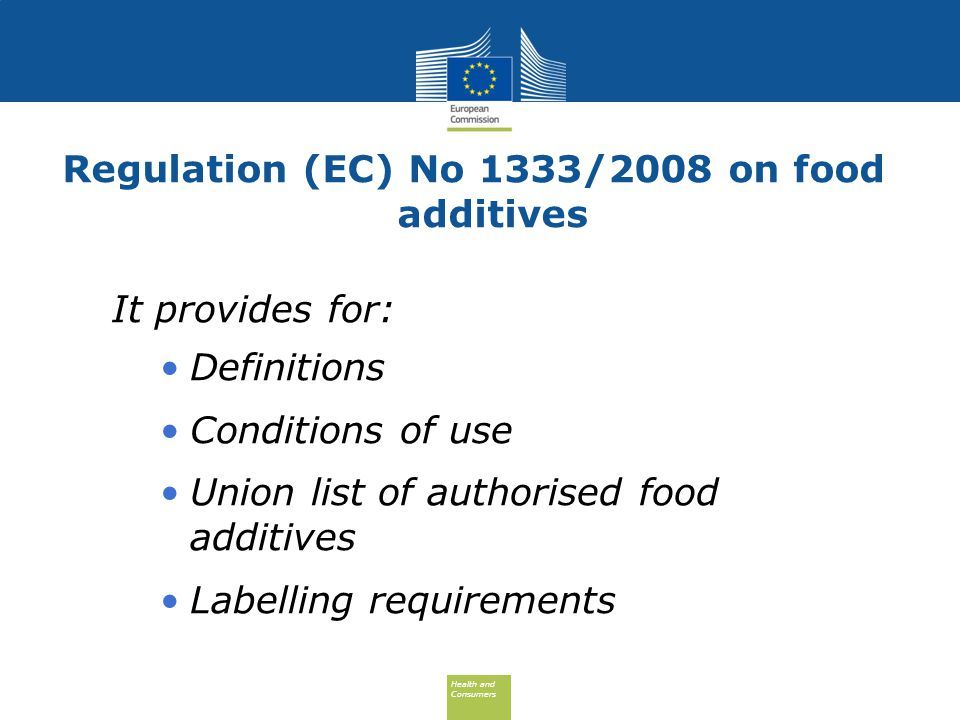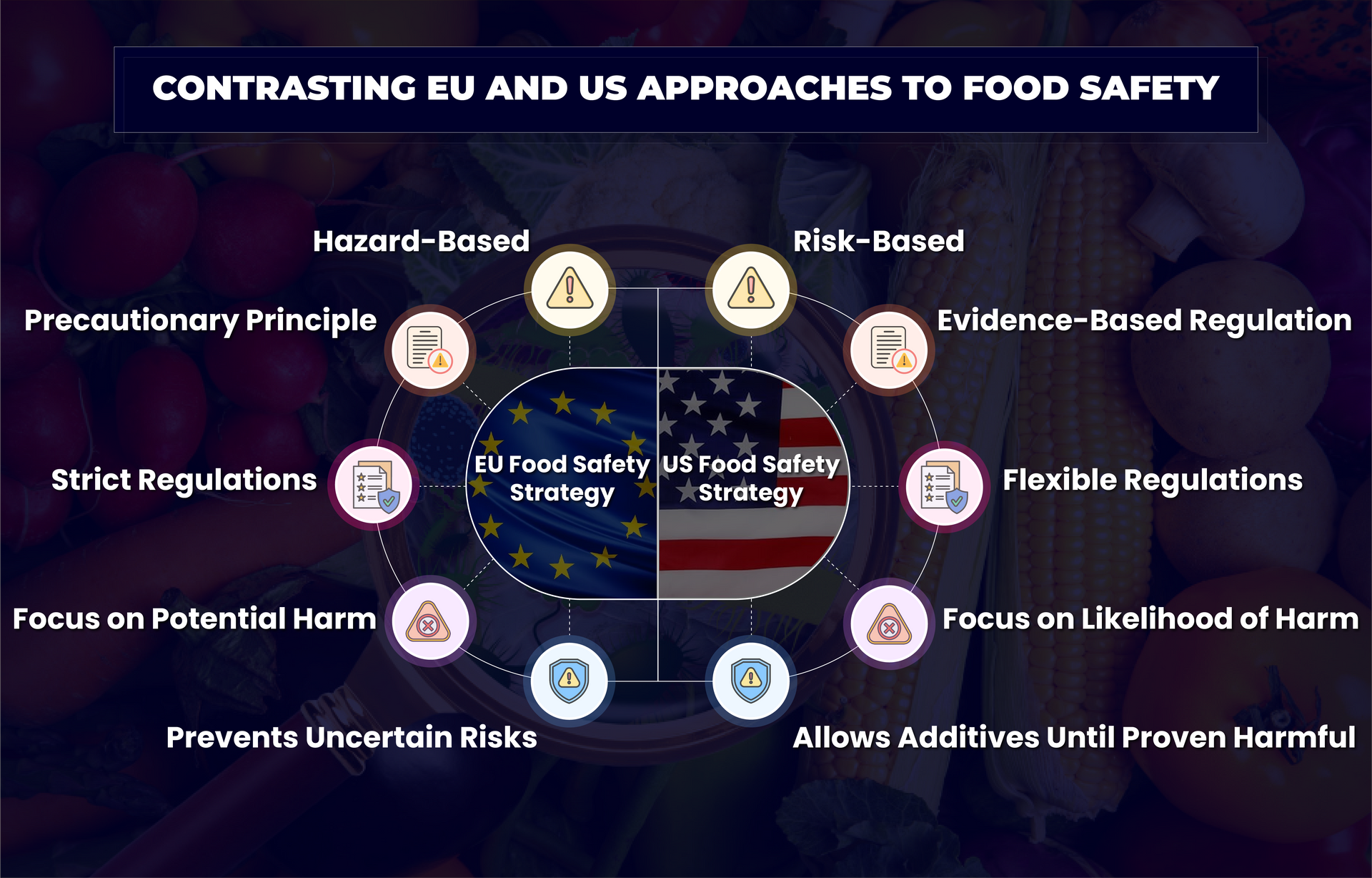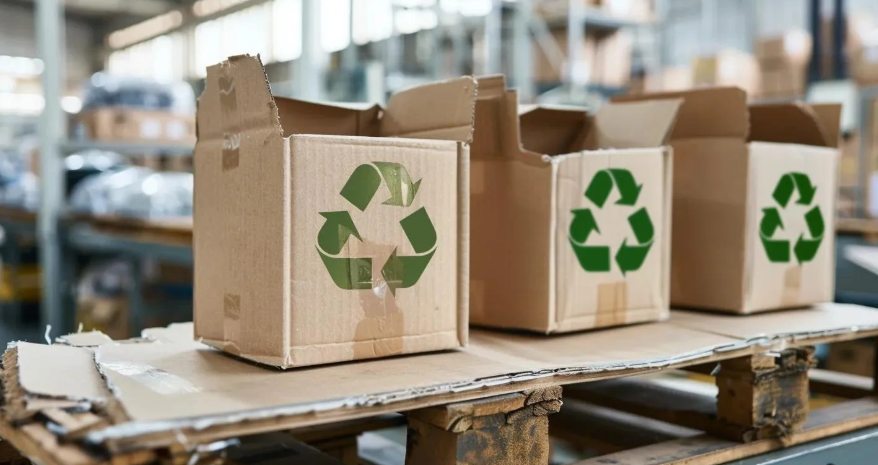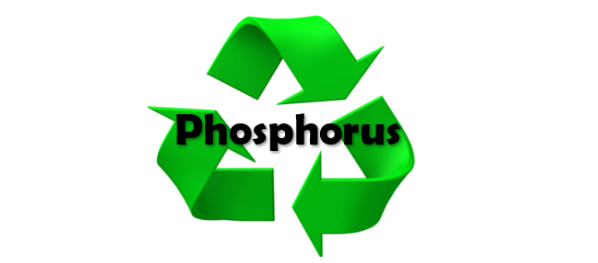Europe’s Regulatory Landscape for Food-Grade Chemicals (2025 Updates)
Introduction to Food-Grade Chemical Regulations in Europe
Food-grade chemicals are essential additives and processing aids used to enhance safety, preservation, appearance and taste in food products. These substances include preservatives, emulsifiers, flavor enhancers, acidity regulators, and more. To be classified as "food-grade," these chemicals must meet strict purity and safety criteria, ensuring they are suitable for human consumption.
Regulation of food-grade chemicals is vital for protecting public health and maintaining consumer trust. Without clear safety standards, there is a risk of contamination, misuse, or exposure to harmful substances. Moreover, robust regulations help facilitate trade between countries by establishing consistent benchmarks for quality and safety, especially crucial in the global food supply chain.
In Europe, the regulatory landscape for food-grade chemicals is primarily governed by the European Union (EU). The EU enforces some of the most rigorous food safety standards worldwide through institutions like the European Food Safety Authority (EFSA) and legislation such as Regulation (EC) No 1333/2008 on food additives. These frameworks not only safeguard European consumers, but also position the EU as a global leader in food safety governance, influencing international norms and export requirements.
Key Regulatory Bodies and Frameworks in the EU
The European Food Safety Authority (EFSA) plays a central role in the EU’s food safety system by providing independent scientific advice on risks associated with the food chain, including food-grade chemicals. EFSA evaluates the safety of additives, enzymes and flavorings before they are authorized for use in the EU market. Its risk assessments are grounded in rigorous scientific analysis and are essential for determining acceptable daily intakes (ADIs) and exposure levels for consumers. These scientific opinions guide EU policymakers and ensure that only safe substances are permitted in food products.
REACH Regulation (Registration, Evaluation, Authorisation and Restriction of Chemicals)
Although primarily focused on industrial chemicals, the REACH Regulation also applies to food-grade chemicals under certain conditions, especially during manufacturing and handling processes. REACH requires companies to register chemical substances produced or imported into the EU in quantities above one tonne per year. The regulation ensures that data on chemical properties, potential risks and safe usage are documented and accessible. While food additives are generally regulated under specific food law, REACH remains relevant for processing aids, equipment contact materials and chemicals used upstream in the food production chain.
European Commission (DG SANTE)
The Directorate-General for Health and Food Safety (DG SANTE) is the EU body responsible for developing legislation and ensuring enforcement across member states. It proposes legal frameworks related to food safety, including food additives, contaminants, and contact materials. DG SANTE works closely with EFSA and national authorities to ensure a harmonized approach to food safety throughout the EU. Its role in coordinating inspections, setting maximum residue levels and managing alerts via the Rapid Alert System for Food and Feed (RASFF) strengthens the EU's capacity to respond to food safety risks efficiently and transparently.
The Food Additives Framework Regulation (EC No 1333/2008)
Regulation (EC) No 1333/2008 lays the foundation for the use of food additives within the European Union, ensuring a high level of consumer protection while allowing for innovation in the food industry. It establishes uniform rules for the approval, use and labeling of food additives, creating a harmonized framework across all EU member states.
The approval process for new food additives begins with a comprehensive application submitted to the European Commission. This includes detailed information on the chemical composition, intended use and safety data. The European Food Safety Authority (EFSA) then performs a rigorous scientific risk assessment, evaluating potential health impacts, including toxicological data and estimated dietary exposure. Only additives deemed safe by EFSA and approved by the European Commission are authorized for use.
An integral part of the regulation is the E-number system, which assigns a unique code to each approved additive (e.g., E100 for curcumin). This standardized coding ensures clarity and consistency across the EU, helping both regulators and consumers identify permitted substances in food products.
The regulation also defines maximum permitted levels for additives in specific food categories to limit consumer exposure. These limits are based on EFSA's risk assessments and aim to ensure that daily intake remains within safe thresholds.
Labeling requirements are another key component. All additives must be clearly listed on product packaging using either their E-number or full name, along with their functional class (e.g., preservative, emulsifier). This transparency supports informed consumer choices and helps maintain trust in the safety of processed foods.
Overall, Regulation 1333/2008 serves as a critical tool in managing food additive safety in Europe, balancing public health protection with the needs of food manufacturers.

Food Contact Materials (FCMs) Regulation
Regulation (EC) No 1935/2004 governs the safety of materials and articles intended to come into contact with food in the European Union. Its primary aim is to ensure that food contact materials (FCMs) do not pose a risk to human health, cause unacceptable changes to food composition, or alter their taste and odor.
This framework regulation applies to a wide range of materials used throughout the food supply chain, including plastics, coatings, paper and board, metals, ceramics, glass, adhesives, inks and rubbers. While the regulation sets overarching safety requirements, specific measures (such as those for plastics) are detailed in additional legislation like Regulation (EU) No 10/2011, which provides a positive list of authorized substances and specific migration limits.
A key concept in FCM safety is the restriction of chemical migration from materials into food. Migration limits are established to ensure that substances do not leach into food at harmful levels. These limits are often based on toxicological data and dietary exposure estimates, and must be adhered to by manufacturers and suppliers.
Compliance testing is a legal requirement under the regulation. Manufacturers must conduct rigorous testing using food simulants to evaluate the potential migration of substances under realistic conditions. Documentation of compliance, known as a Declaration of Compliance (DoC), must be maintained and provided through the supply chain.
Together, these measures ensure that materials used in food processing, packaging and handling are safe, traceable and compliant with EU standards - protecting consumers and supporting confidence in the food industry.
Novel Foods and Chemical Substances
Regulation (EU) 2015/2283 governs the authorization and use of novel foods in the European Union, including new chemical substances not previously consumed significantly within the EU before May 15, 1997. The regulation aims to ensure that novel ingredients, including new additives, food from innovative processes, or bioengineered substances, are safe for human consumption and appropriately labeled.
A "novel food" can include isolated compounds, synthetic chemicals, or ingredients produced using new technologies such as nanotechnology or precision fermentation. Before these substances can enter the EU market, they must undergo a thorough safety assessment to demonstrate they pose no risk to public health.
To be considered safe, novel substances must meet several criteria: they should not be nutritionally disadvantageous, must not mislead consumers, and must not pose a danger to human health under their proposed conditions of use. This involves detailed toxicological studies, dietary exposure data, and often allergenicity evaluations.
The application process for novel food authorization begins with a dossier submission to the European Commission. This dossier must include comprehensive data on the substance’s composition, manufacturing process, intended uses, stability and safety evidence. The European Food Safety Authority (EFSA) reviews the dossier and provides a scientific opinion, which forms the basis for the Commission’s decision.
Through this regulation, the EU ensures that innovative food products and chemical substances meet stringent safety standards - supporting innovation while protecting consumer health and maintaining trust in the food system.
Comparison With U.S. GRAS and Codex Alimentarius
The European Union’s regulatory framework for food chemicals differs notably from the U.S. Generally Recognized as Safe (GRAS) system and international Codex Alimentarius standards. While the EU follows a precautionary approach - requiring pre-market approval and rigorous EFSA-led risk assessments - the U.S. GRAS system allows certain substances to be used without prior FDA approval if they are widely recognized as safe by qualified experts. This difference reflects a more stringent and centralized philosophy in the EU compared to the U.S.’s industry-driven model.
At the global level, the Codex Alimentarius, developed by the FAO and WHO, aims to harmonize food safety standards internationally. Codex provides scientifically backed guidelines and maximum residue limits for food additives and contaminants, which many countries (including both the EU and U.S.) reference in trade discussions and national policies.
Despite these efforts, regulatory divergence remains a challenge for exporters and importers. A food additive approved in one jurisdiction may be restricted or prohibited in another, complicating product formulation, labeling and compliance. Companies operating globally must navigate overlapping regulations, monitor changes and often adapt products for different markets. While harmonization continues to progress, full alignment is still limited, underscoring the need for specialized regulatory knowledge in international food trade.

Recent Developments and Regulatory Updates (2024–2025)
In 2024–2025, the EU has introduced several important regulatory updates reflecting its commitment to consumer safety, sustainability and scientific progress. One major change is the continued phase-out of titanium dioxide (E171) as a food additive. Following EFSA’s 2021 opinion questioning its safety, the EU has maintained a strict stance, reinforcing the ban and encouraging reformulation across the food industry.
Additional updates have targeted flavorings and food enzymes, with the European Commission approving new enzyme preparations and revising the Union list of authorized flavorings. These changes aim to address technological advancements and improve transparency, especially regarding the origin and production processes of food enzymes.
A growing trend is the integration of sustainability and green chemistry principles into regulatory strategies. The
European Green Deal and Chemicals Strategy for Sustainability are shaping new policies that favor safer, more sustainable food ingredients and production methods. These efforts signal a shift toward not just safety, but also environmental responsibility in food chemical regulation.
Looking ahead, the EU is preparing comprehensive reviews of authorized food additive lists, focusing on consumer health, dietary exposure, and scientific re-evaluations. Stakeholders should stay alert to consultations and draft legislation that could impact product compliance and market access.
Compliance Strategy for Manufacturers and Exporters
Documentation and Safety Data Sheets
For manufacturers and exporters of food-grade chemicals, maintaining accurate and comprehensive documentation is essential for compliance with EU regulations. Mandatory records include Safety Data Sheets (SDS), technical specifications, Certificates of Analysis (CoA), and Declarations of Compliance (DoC) for food contact materials. These documents must detail the chemical composition, hazard information, usage guidelines and traceability data. Importantly, all documentation must be made available in the official language(s) of the destination EU member state and be easily accessible to regulatory authorities and business partners.
Testing, Certification, and Third-Party Assessments
Product testing and certification play a key role in demonstrating compliance. Accredited laboratories are often used to perform migration tests, purity analysis and toxicological screenings. Certification bodies may provide conformity assessments aligned with EU standards or specific ISO frameworks. Preparing for regulatory audits involves maintaining up-to-date records, ensuring traceability across the supply chain and implementing internal quality control systems. Regular third-party audits or pre-inspections can help identify compliance gaps and improve readiness. Manufacturers and exporters should also monitor legislative updates and participate in industry forums to stay informed about evolving requirements.
A proactive compliance strategy not only ensures legal conformity, but also builds trust with regulators and customers in the EU market.
Conclusion & Takeaways
The EU’s approach to food-grade chemicals is rooted in rigorous scientific assessments, precautionary principles and transparent regulatory processes aimed at ensuring consumer safety. Staying updated on regulatory changes is crucial for manufacturers and exporters to maintain compliance and avoid disruptions in the market.
As the regulatory landscape evolves, particularly in areas like sustainability and novel food ingredients, it is essential to monitor updates and implement proactive compliance strategies. Manufacturers and compliance officers should prioritize documentation, testing, and continuous education to navigate the complexities of EU regulations and ensure long-term success in the European market. At DECACHEM, we strictly follow all of the above to ensure the highest standards of safety and compliance in our products.
















